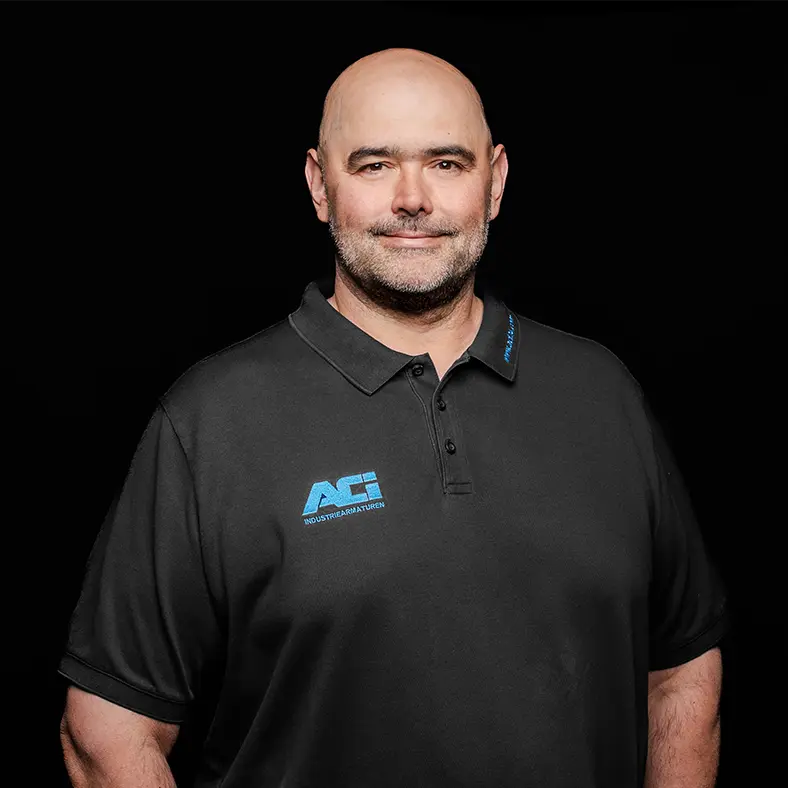What are industrial valves?
Industrial valves are mechanical control and regulating devices that influence the flow and pressure of fluids in a process. They are primarily found in pipelines and are available in a variety of designs.
Structure and Functionality of Industrial Valves
Industrial valves include a variety of components such as butterfly valves, shut-off valves, gate valves, ball valves, chicken valves, sight glass fittings, pressure regulators, and strainer valves.
Some of these can operate completely independently, while others are manually or automatically actuated with a drive. Each of these fittings has different functions and designs. Fundamentally, most industrial valves consist of a body, an upper and lower part, as well as the actuation and the gasket.
The body is the main element of a valve. It holds all the parts of a valve together and absorbs the pressure loads of the incoming fluids. The body is connected to the system via connections, which can be threaded, flanged, or welded.
The upper part is the cover for the housing opening and guides the spindle with the associated gaskets.
Internal components are referred to as the shut-off element, valve seat, guides, screws, bushings, etc. The shut-off element regulates or stops the flow depending on its position and comes in various geometries, such as a disc, cone, or ball. The valve seat represents the seating or sealing surface for the shut-off element. A valve can have one or several seats.
With the help of the actuator, the position of the shut-off element is adjusted. Actuators can be levers, handwheels, or actuators. The actuator element is connected to the shut-off element via the spindle, which transmits the actuation forces and moments.


Would you like personal advice?
Direct Contact
Do you have questions about our products or services? Would you like personal advice on a specific concern? Don't hesitate to contact us directly! Our experts are here for you and look forward to assisting you.